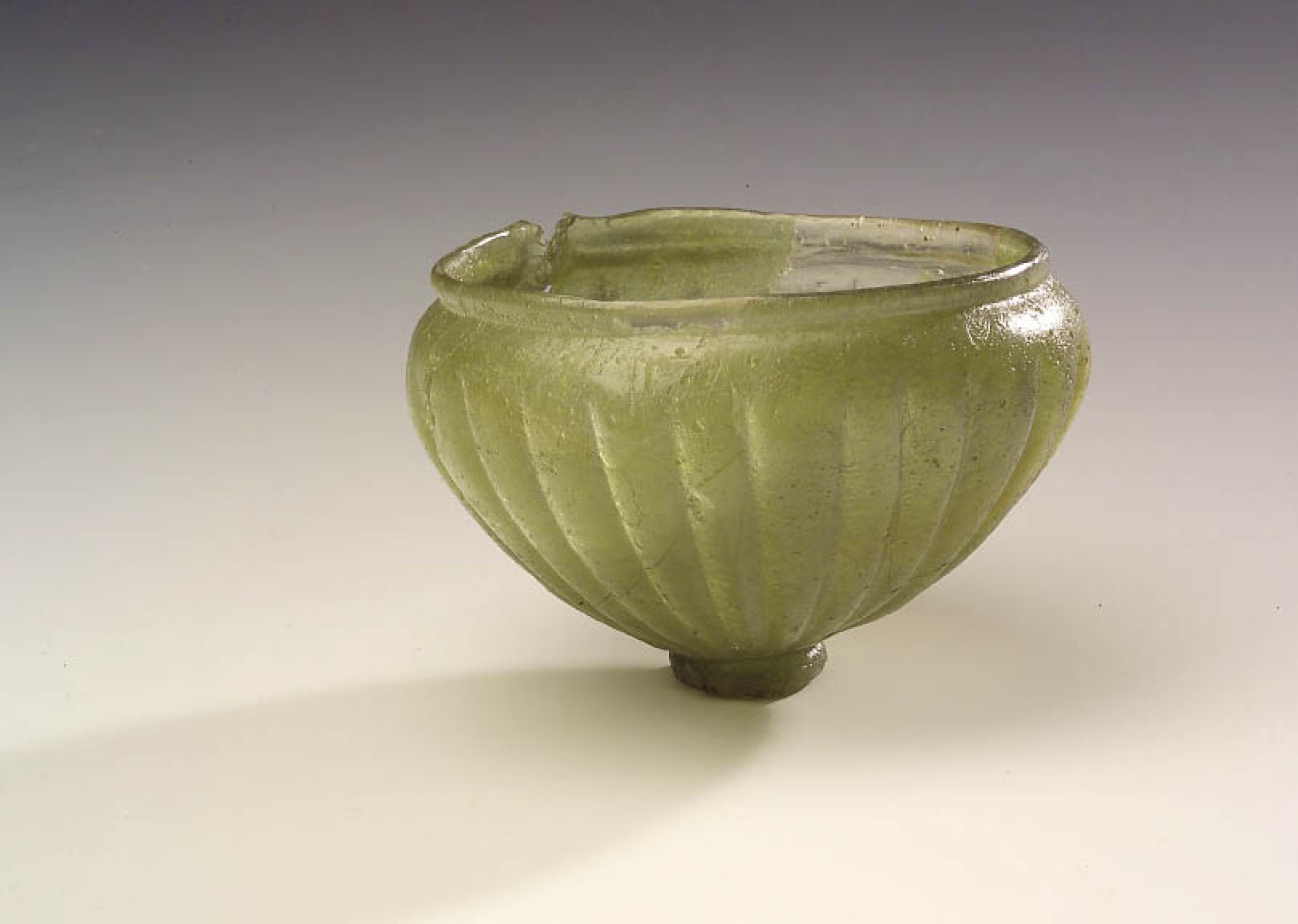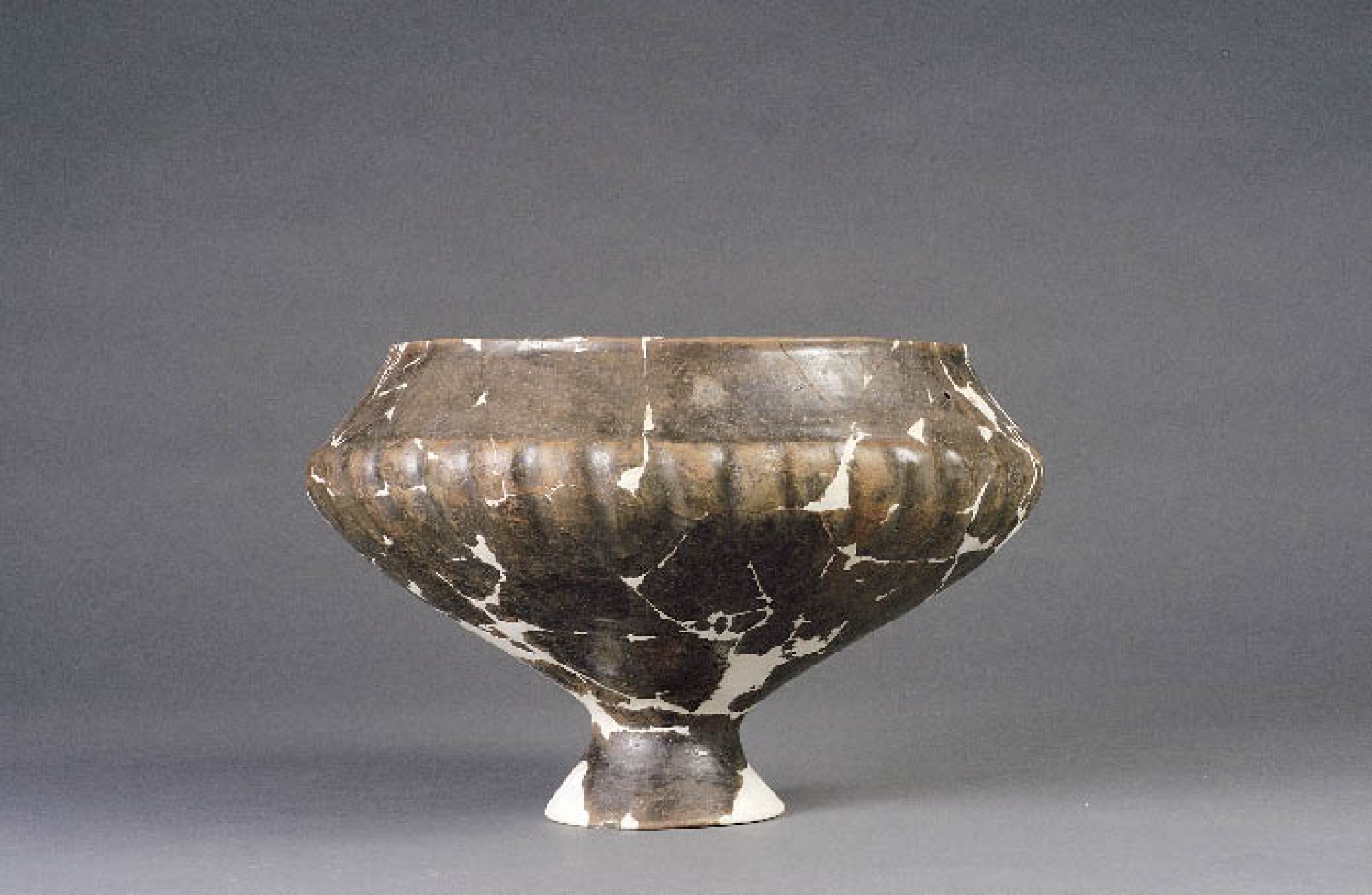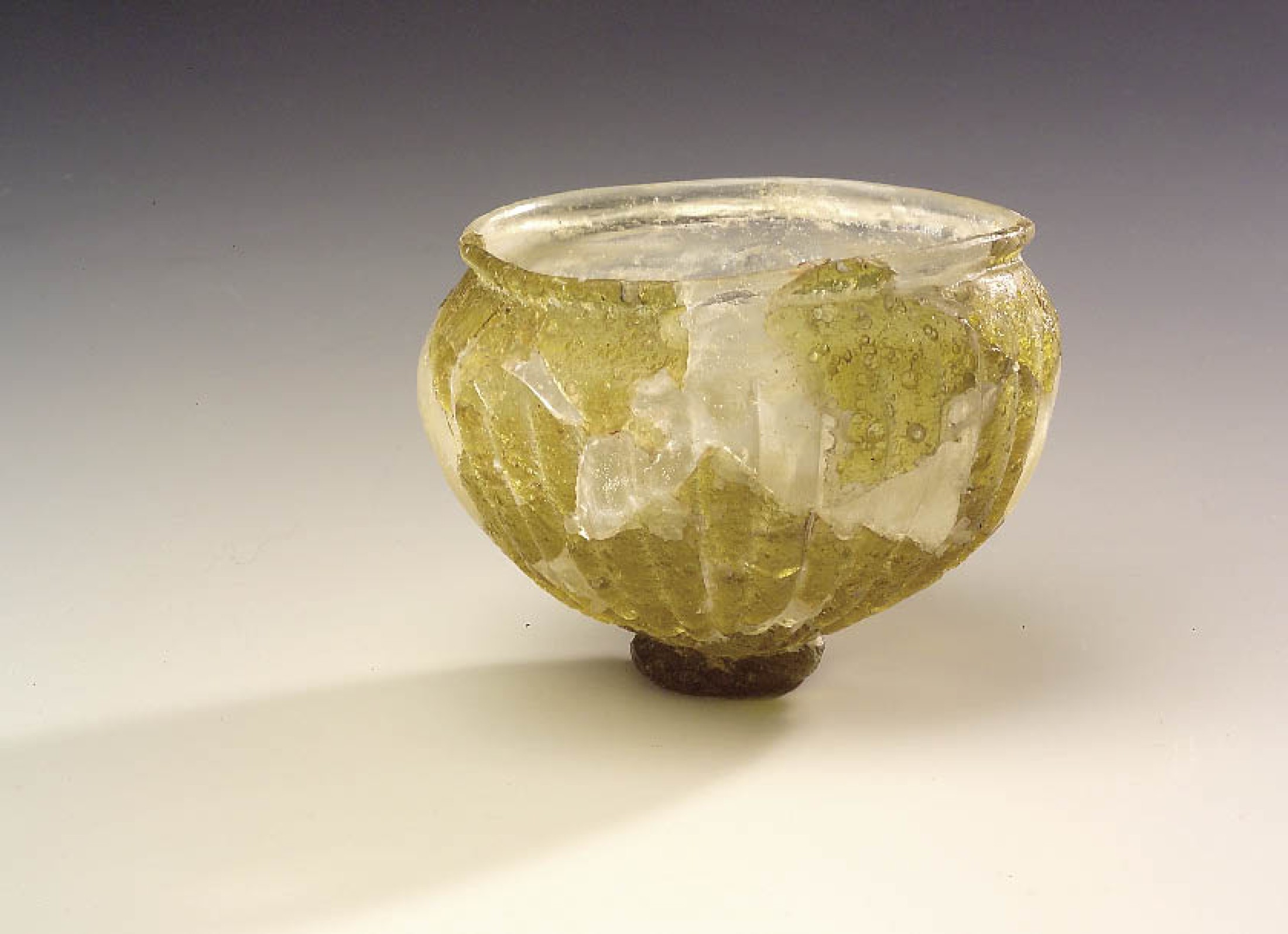Trade in local and foreign goods in Hallstatt
A considerable number of grave goods from the abundant catalogue of Hallstatt finds suggest production far afield. They may have come to Hallstatt as personal belongings or may have been acquired through trade, gift-giving or exchange; either way the material bears witness to extensive interregional contacts.Intermediary trade
Other sources of non-local products
Intermediary trade
Owing to the supra-regional salt trade, Hallstatt was supremely well-connected, both directly and indirectly, with remote areas of Europe, and regions well beyond Europe, as evidenced by individual finds or exotic materials. Trade and barter were probably the simplest way to acquire non-domestic goods. Since Hallstatt produced salt on a large scale, a product in high supra-regional demand, it certainly had the funds required to afford ‘exotics’ and ‘luxury’. Although we cannot tell whether the trade occurred through direct or indirect channels, we will have to assume an intermediary trade system for supra-regional products or raw materials.Other sources of non-local products
The grave goods suggest that the prosperity from salt made it possible for a large group of persons to afford things that would elsewhere only be found in princely graves. It is not important to know whether the salt was used directly in exchange for the goods, or whether other traded objects served for payment; the primary target was to acquire a ‘foreign’ object or a rare raw material that would show the special position of its owners. Gift exchanges between traders, or between ‘lords’, souvenirs brought back by itinerant traders, memorabilia and accessories from former homes, stolen goods, predation and the booty of warfare may be considered as possible sources of non-domestic products.(Kern, A.)





